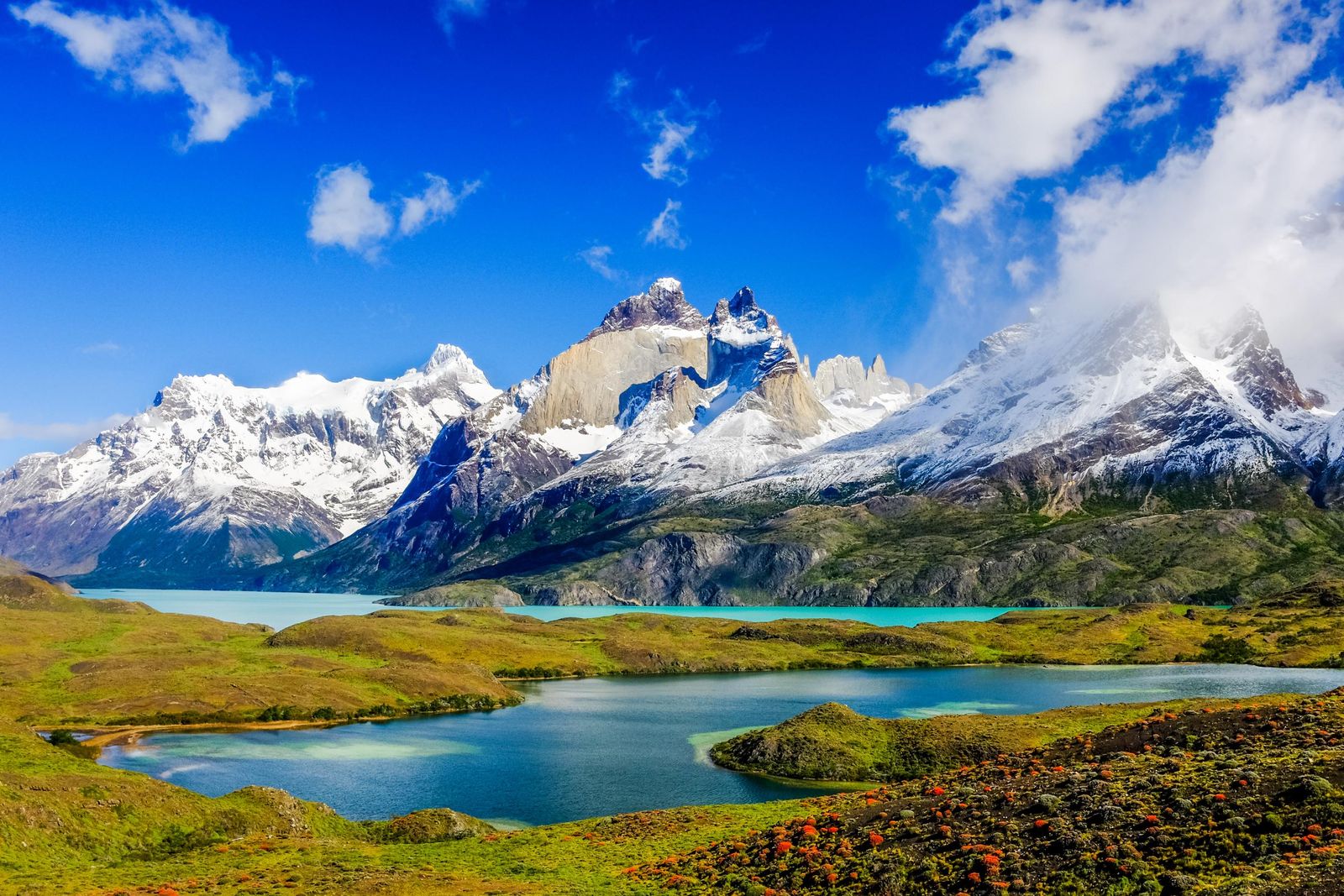Patagonia is located in the southern hemisphere, meaning that the summer months are between December and February (during the northern hemisphere’s winter). But visiting during the warmest month of January, I realised that the weather in Patagonia can still be unpredictable.
I experienced still, clear days where I could walk around in a t-shirt. But in the city of Punta Arenas, we were blown sideways (no exaggeration) by fierce gusts of wind. In Torres del Paine National Park the clouds gathered rapidly and there was a brief rainstorm followed by a double rainbow.
“In Patagonia you have no guarantees,” says Agata West, who works in adventure tourism and lives in El Calafate, a town in Argentine Patagonia. “It’s also important to remember that Patagonia is very large, very diverse, so the weather differs according to the region.
In Torres del Paine National Park the clouds gathered rapidly and there was a brief rainstorm followed by a double rainbow
“There’s northern Patagonia, which includes the Lake District. It’s similar to the Lake District in the UK, but bigger; with a lot of mountains, forests, lakes, and much warmer weather than where I am. And then we have southern Patagonia that covers El Calafate, El Chaltén, Torres del Paine. We have much lower temperatures here.
“In the west you have the Andes Mountains so Chile is more humid than in the east. In places like El Calafate it’s very dry.”
In this article, we’ll explore Patagonia’s seasons and look at the climatic variations across the region, helping you decide where and when to visit.
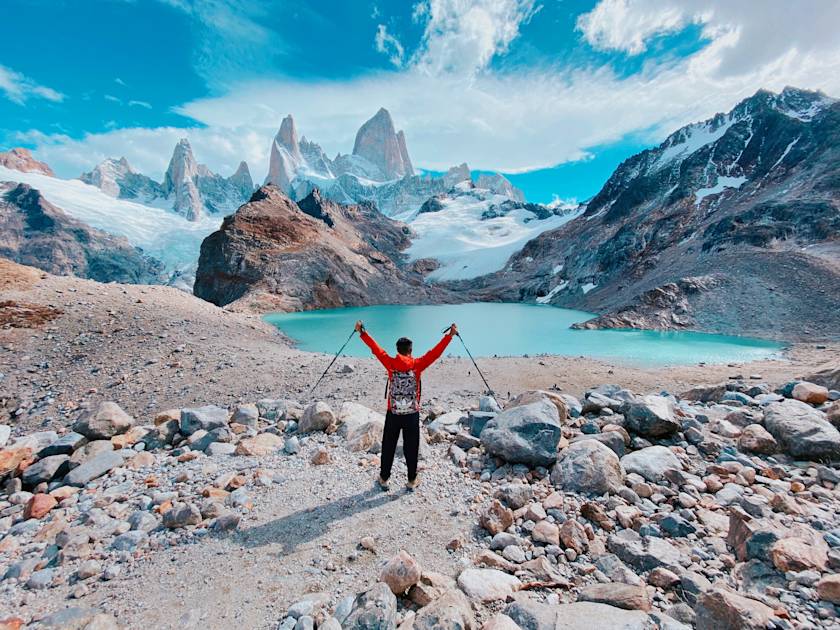
Patagonia’s Seasons: What to Expect
Summer (Dec–Feb)
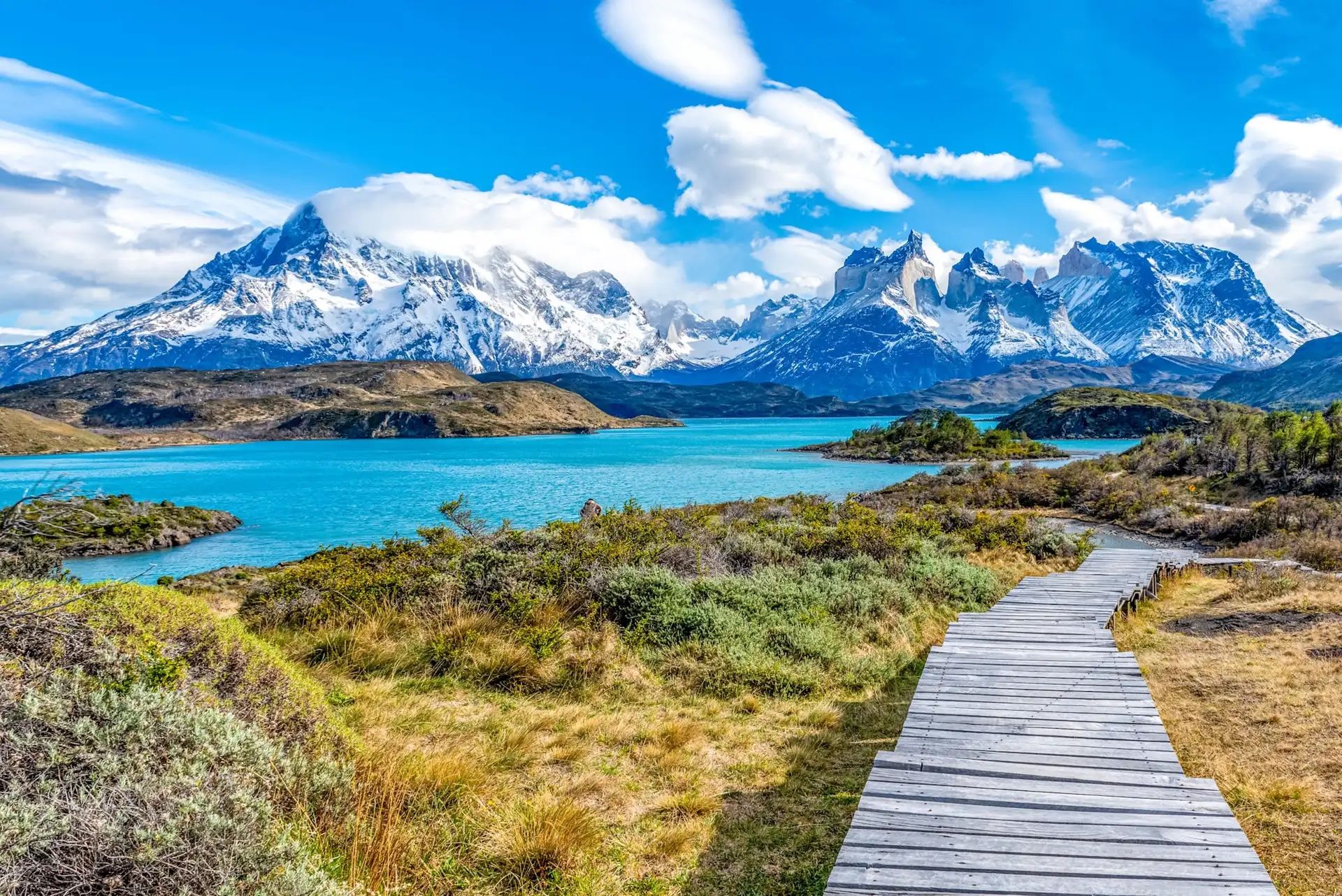
- Best for: multi-day hikes
Summer is the driest and warmest season in Patagonia, with up to 18 hours of daylight in some places. During this season, campsites, restaurants and activity providers are all open and trails are fully accessible. It’s the perfect time of year for multi-day hikes such as the W Trek, as you’ll have the most stable weather, which is preferable for camping.
This is also the busiest time of year in Patagonia, falling during school summer holidays for Chile and Argentina, and Christmas break during the northern hemisphere, so make sure you book accommodation in advance.
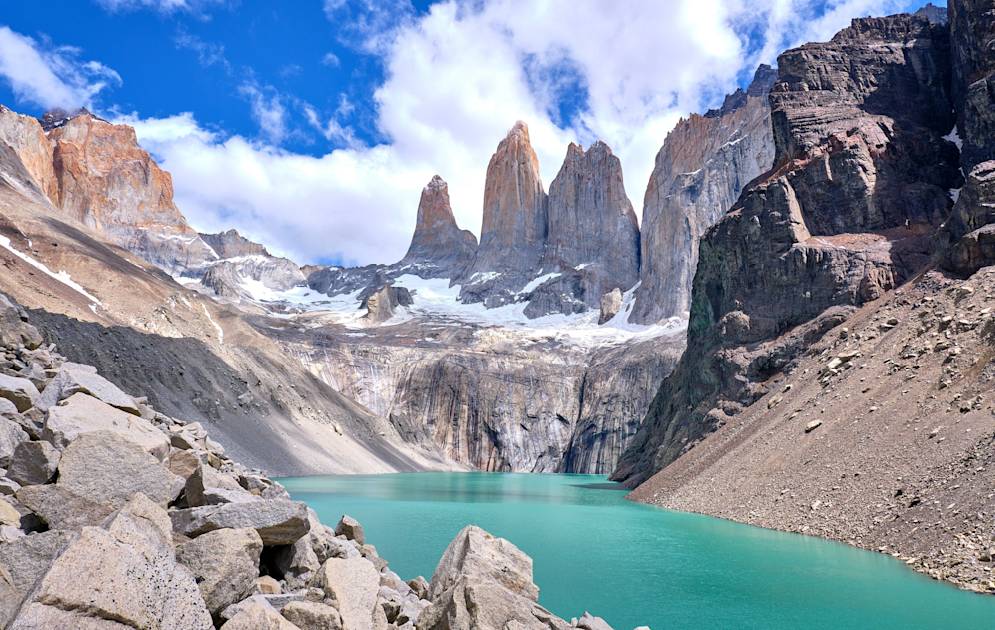
However, ‘busy’ for Patagonia doesn’t mean crowds everywhere you go. Los Glaciares National Park received around 700,000 visitors last year, whereas Yosemite, which is half the size, welcomed 4.1 million. A lot of these visitors won’t be heading off on long hikes, so you’ll be able to find peace on the trails.
“January is the busiest month, so when we are hiking we leave early in the morning. That means we get to the trails when they’re quiet,” Agata says. “There are also plenty of hikes where you’ll rarely see anyone, whatever time of year. I like the Pliegue Tumbado hike near El Chaltén. You get a view of the Fitz Roy Valley and the Cerro Torre Valley, which is very impressive.”
Read more: 5 of the Best Hikes in Los Glaciares National Park
Autumn (Mar–May)
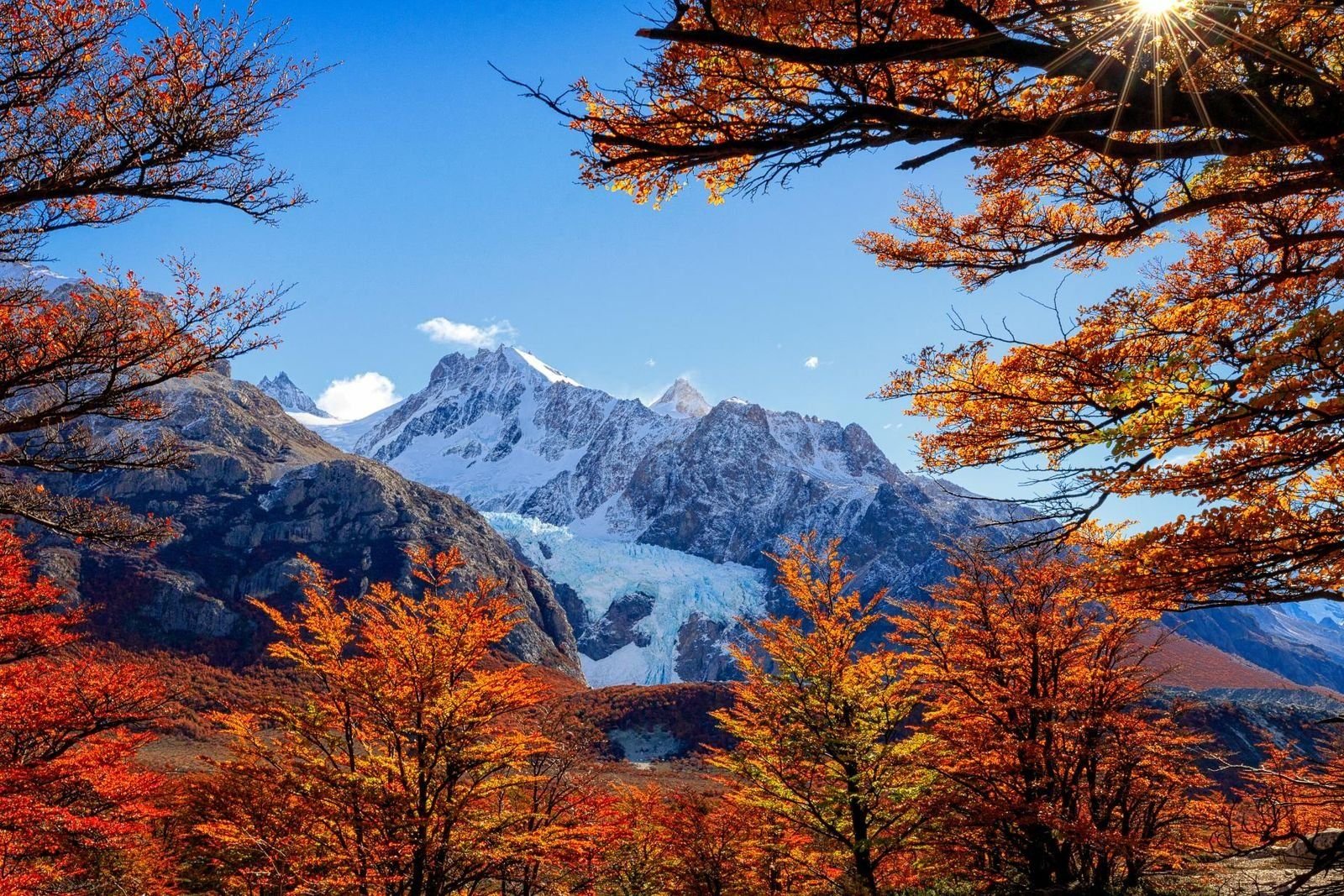
- Best for: autumn foliage
In March, summer turns to autumn. The peak season crowds begin to dwindle and the temperatures begin to drop. By the end of May, average high temperatures in the Lake District are around 10°C, and 7°C in southern Patagonia. Rainfall also slowly increases throughout the autumn, although it remains relatively dry in Los Glaciares National Park (El Calafate, the park’s gateway town, sees around 31mm (1.22 inches) of rain over 8 days in May).
“April is my favourite month because autumn starts, so the leaves of the lenga and ñire trees start turning yellow and orange. All the forests change colour and it's so beautiful,” Agata says. “It's also the month where most of the famous photographers come here.”

“I also love March and April for hiking. You can hike in places like Torres del Paine with much fewer people. It's amazing the change from January.”
Read more: The Complete Guide to Los Glaciares National Park
Winter (Jun–Aug)
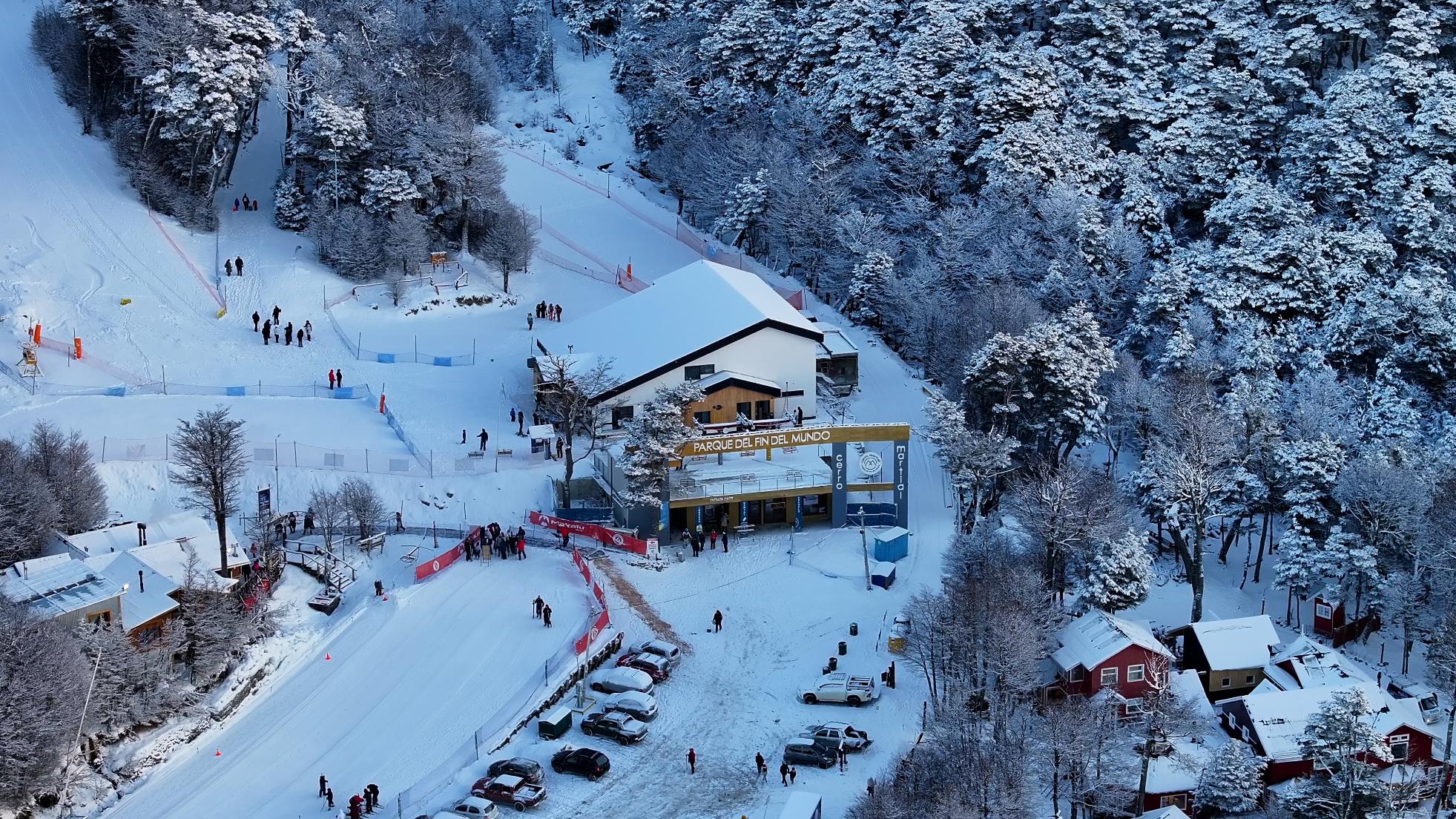
- Best for: winter sports
As winter arrives, temperatures drop even further. Many campsites and other seasonal activity providers close their doors.
“Trails are subject to the amount of snow and weather. When hiking you need to go with a mountain guide, with crampons and better equipment. So the logistics are quite different than in summer,” Agata says.
You'll find snow in some areas of Patagonia, especially in higher altitudes, such as in the Tierra del Fuego province. There are numerous ski resorts near its capital, Ushuaia. There is also snowfall in the mountains of the Lake District.
Spring (Sep–Nov)
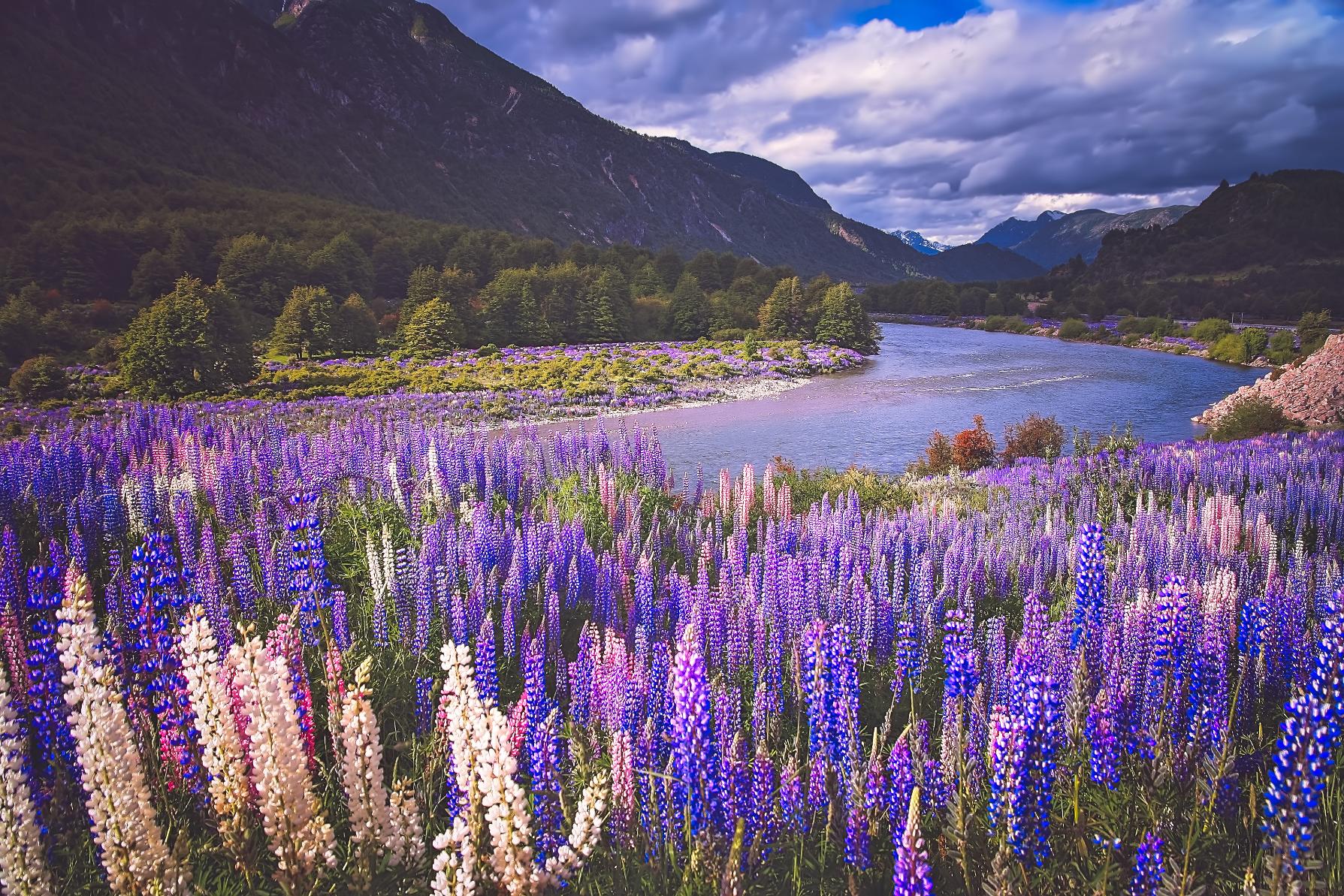
- Best for: wildlife watching
In spring, the weather is beginning to warm up again, and the days are beginning to lengthen. The average high temperature in September in El Calafate is 10.4°C (50.7°F), rising to 16.3°C (61.3°F) by November. Wildflowers bloom and new foliage sprouts, rejuvenating the landscape.
Patagonia’s wildlife also becomes more active. This is the time of year when you’ll see newborn guanacos and seal pups. It’s also the peak season for spotting the southern right whale in the Valdés Peninsula, where they come to give birth and raise their calves.
Regional Variations in Climate and Rainfall
We’ve selected three distinct locations in Patagonia to showcase climatic variations across the region. Climate data from Weather Atlas has been used.
San Carlos de Bariloche
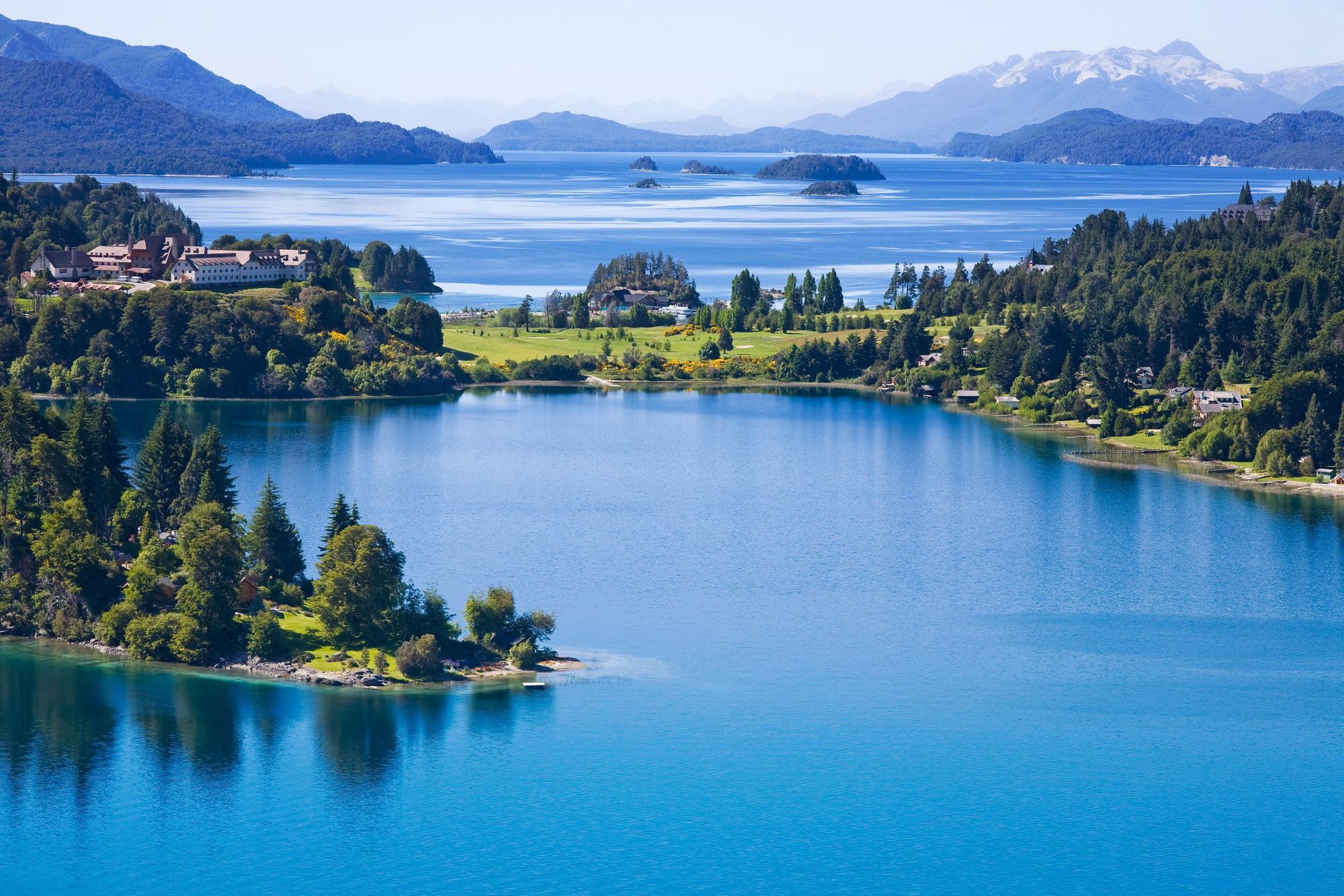
Bariloche is the capital of the Lake District, in northern Patagonia, located in Argentina. The warmest months are January and February, with an average high temperature of 22℃ (71.6℉). June and July are the coldest months, with an average high temperature of 7℃ (44.6℉).
Across the year, there are around 109 days of precipitation, around 1,060mm (41.73 inches).
The driest month is January, which has an average precipitation of 33mm (1.3 inches) over 5 days. During the winter months, it often snows. It’s possible to ski, snowboard and more in the mountains around Bariloche, including Cerro Catedral.
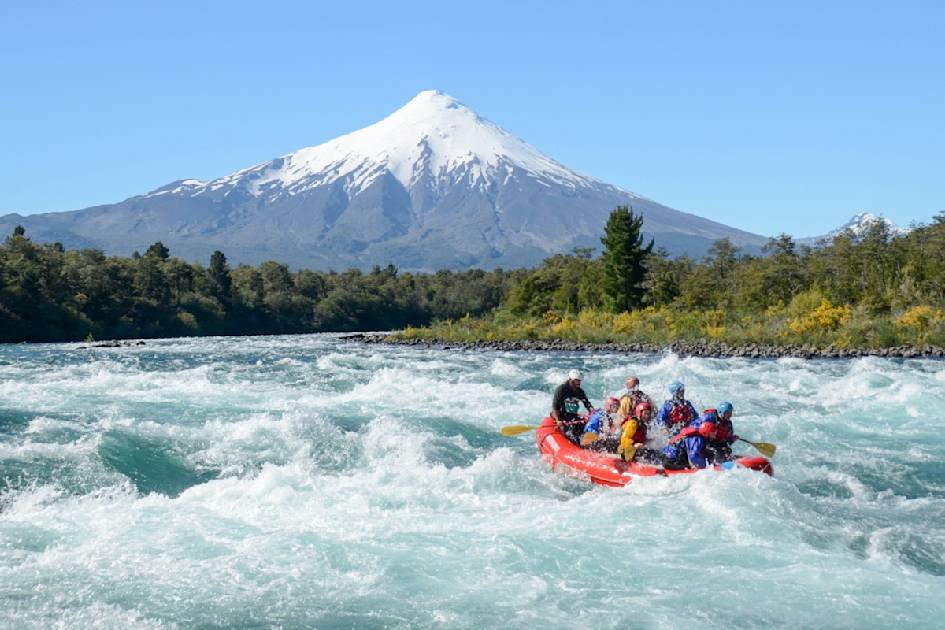
El Calafate
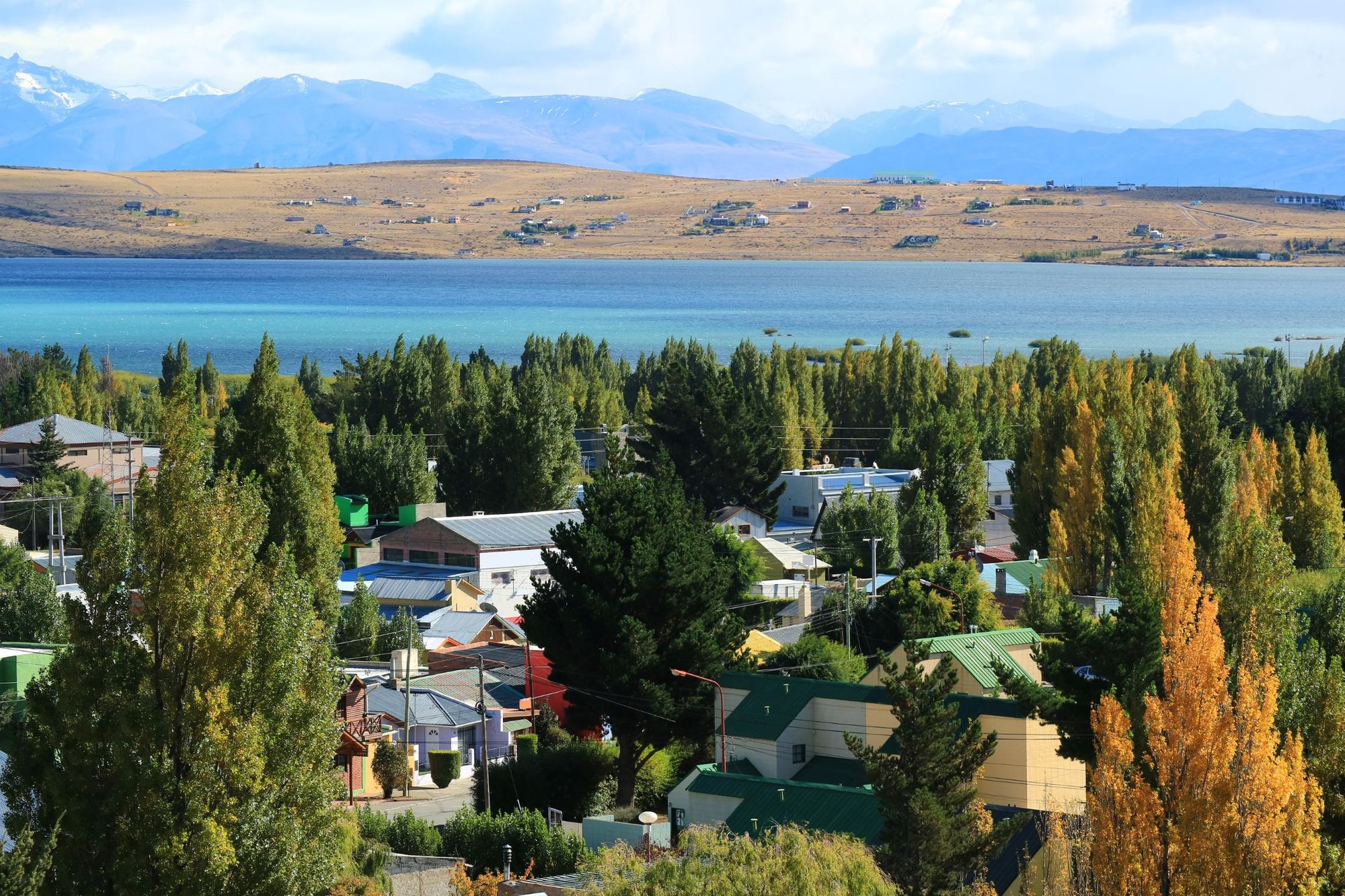
El Calafate is located in southern Patagonia, near the southern entrance of Los Glaciares National Park. In January, the average high temperature is 18.7°C (65.7°F). July is the coldest month, with an average high temperature of 4.3°C (39.7°F).
The wettest month is May which sees 31mm (1.22 inches) of precipitation over 8 days. The driest month is February, which has an average precipitation of 8mm (0.31 inches) over 3 days. As you can see, there is significantly less variation in rainfall annually than in the northern Lake District. Snowfall during the winter months is light and infrequent, if it occurs at all.
Ushuaia
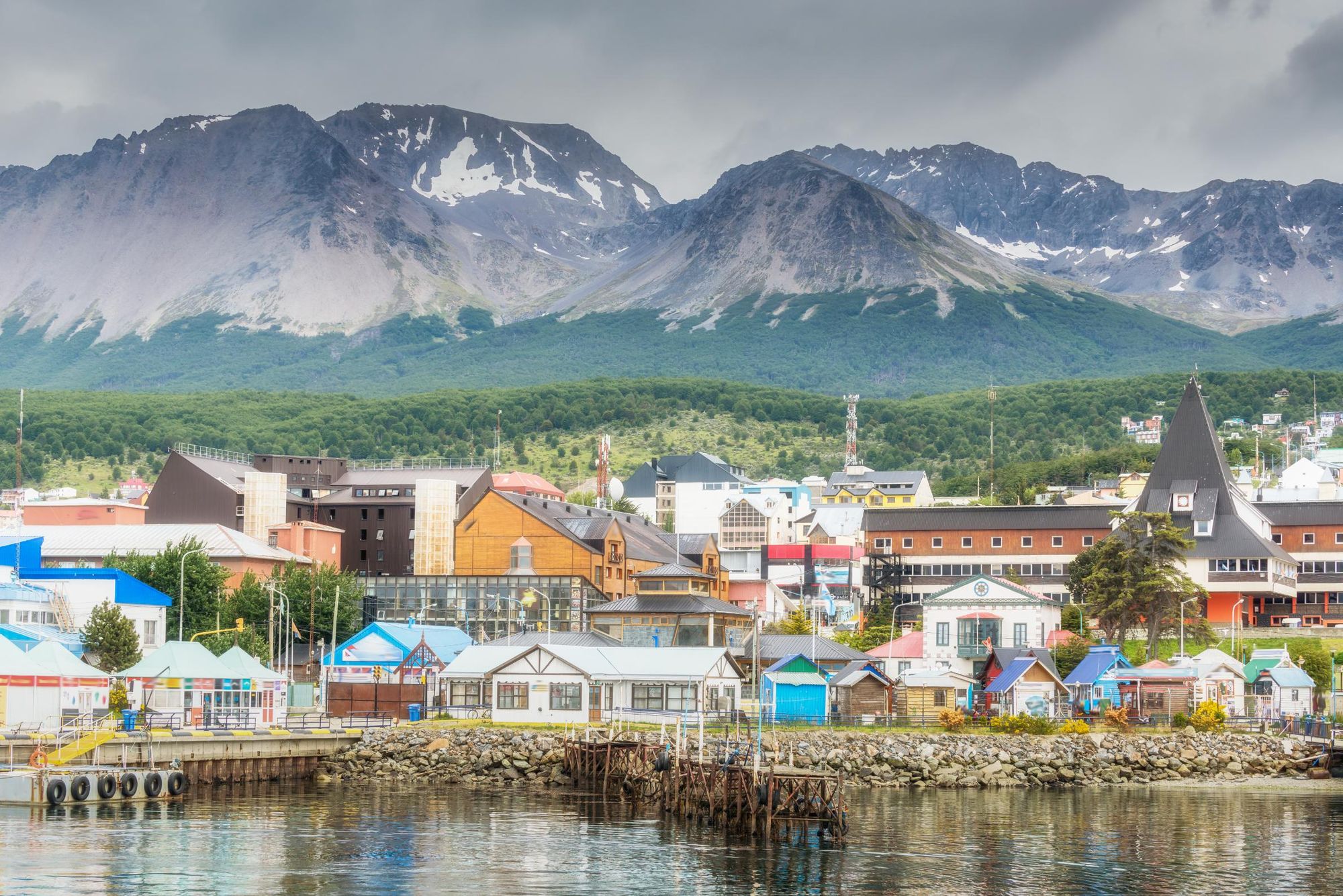
Ushuaia is the southernmost city in Argentina, located in the Tierra del Fuego province of Patagonia. The city experiences frequent bouts of snow during the winter months (May to October), and is known as a destination for skiing and other snowsports.
In February, the warmest month, the average high temperature is 11.1°C (52°F). July is the coldest month, with an average high temperature of 0.9°C (33.6°F), although temperatures often plummet lower, especially during the night.
January is the wettest month, with 40mm (1.4 inches) of precipitation over 20 days. The driest month is November, which has an average precipitation of 36mm (1.4 inches) over 4 days. Snowfall is considerable throughout the winter months, with a maximum of 230mm (9.06 inches) in June.
Frequently Asked Questions
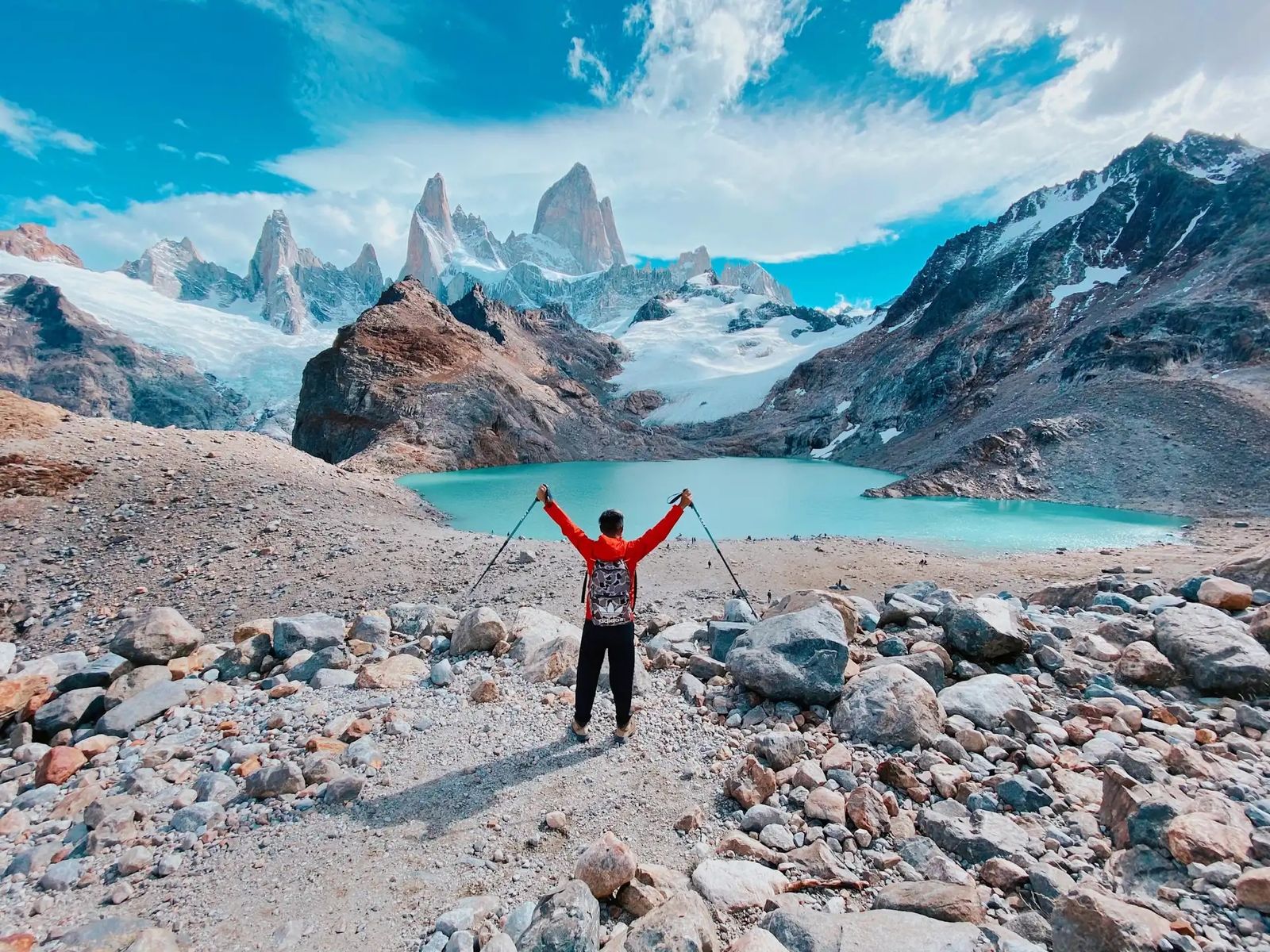
When is the whale watching season in Patagonia?
The whale watching season in Patagonia typically runs from June to December, with the best sightings between September and November. During this time, southern right whales migrate to the sheltered waters around Peninsula Valdés on Argentina’s Atlantic coast. Visitors can take guided boat tours or spot whales directly from coastal viewpoints.
When is the best time to hike in Patagonia?
Trekking season in Patagonia runs from October to April. The peak hiking months are December and January, thanks to the warmest temperatures and long daylight hours. Spring (October and November) and early autumn (April) tend to bring cooler temperatures but quieter trails. In the colder months (May to September) many hiking trails are inaccessible. To visit spots like Torres del Paine, you need to travel with an experienced mountain guide.
What are the best months to go to Patagonia?
The most popular time to visit Patagonia is during the austral summer, from December to February. This peak season offers the best weather, with long daylight hours and milder temperatures. However, autumn (March to May) is best for autumn foliage and fewer crowds, while spring (September to October) offers ample opportunities for wildlife watching.
When not to go to Patagonia?
Avoid travelling to Patagonia during the winter months of June, July and early August unless you're visiting for winter sports. During this time, many trails are closed due to snow, and access to remote areas is limited. Cold temperatures and strong winds also make outdoor activities more challenging.
What month is Patagonia warmest?
January is typically the warmest month in Patagonia, with daytime temperatures ranging between 15°C to 22°C (59°F to 71.6°F). The average high temperature in El Calafate in January is 18.7°C (65.7°F). However, summer is also the windiest season in Patagonia, so temperatures can feel lower when wind chill is taken into account.
Inspired? Check out our Adventures in Patagonia.


